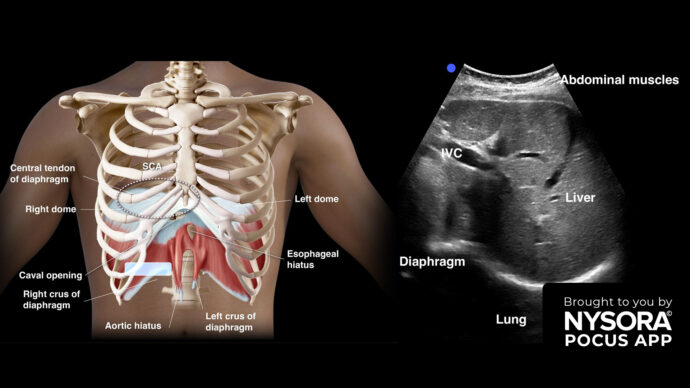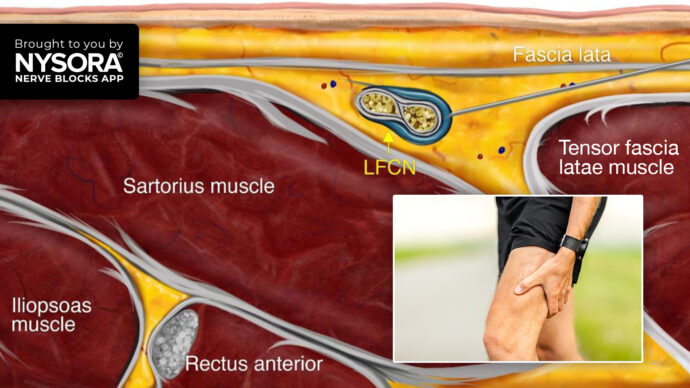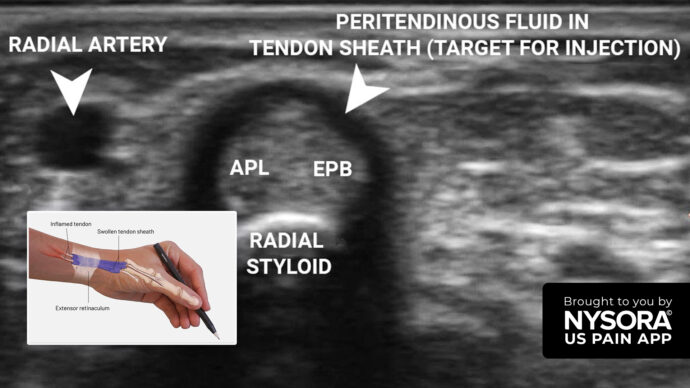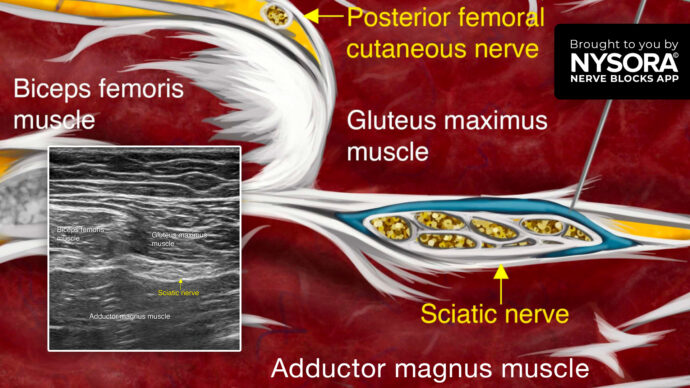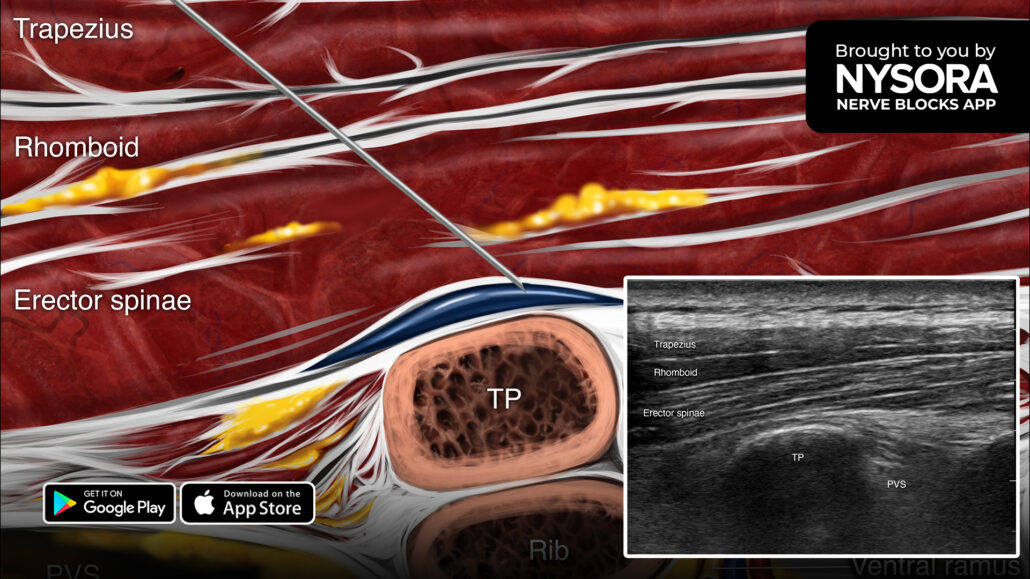
Tips for the Erector Spinae Plane Block
March 21, 2023
The erector spinae plane (ESP) block is a novel interfascial plane technique that was first described in 2016 by Forero et al.
The technique is indicated for analgesia for rib fractures and back and chest wall surgeries.
Here are 3 steps to successfully perform an ESP block
- Select the target transverse process and place the transducer in a paramedian sagittal orientation, approximately 2 cm away from the midline.
- Identify the following structures on ultrasound: All 3 layers of the ESP muscles, the rib-transverse process complex of interest, and the paravertebral space. The pleura should not be visualized.
- Insert the needle in-plane, from cranial to caudal, and inject 20-30 mL of local anesthetic in the plane deep to the ESP muscles and superficial to the transverse processes to achieve a craniocaudal distribution along several vertebral levels.
Watch the video below to get a better picture of the process and see how the NYSORA Nerve Blocks App brings these instructions to life:
For more tips like these and the complete guide to the 60 most frequently used nerve blocks, download the Nerve Blocks App HERE. Don’t miss the chance to get the bestselling NYSORA Nerve Blocks App also in book format – the perfect study companion with the Nerve Blocks app!
